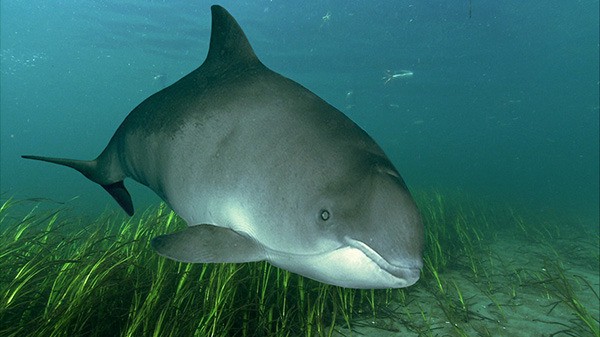An uptick in harbor porpoise strandings has local biologists scratching their heads, looking for clues and wary that mid-May’s unusually high death toll may signal something other than the natural die-off of a population on the rise.
Although, that fact just might be the case.
“We’ve also heard there’s been an increase in the number of strandings in the [British Columbia] area,” said The Whale Museum’s Jennifer Olsen, coordinator of the San Juan County Marine Mammal Stranding Network. “But we’re not sure of what the total is or exactly where they were found. We didn’t have a single stranding a year ago in May.”
A total of eight harbor porpoise bodies were recovered from beaches on the westside of San Juan Island between May 19 and May 29. All are similar in length, 4-6 feet, suggesting they were adults, and a series of necropsies are slated to be conducted on three bodies that were not picked apart by scavengers, beginning June 5, Olsen said. The term “stranding” applies to dead animals and to live ones that for some reason are stranded on a beach or rocks and cannot get back into the water.
Although it stands as the second-highest stranding total in the month of May, since 2006, eight is not necessarily cause for alarm, not by itself (12 strandings were recorded in May 2012, the highest total for the month in the last eight years).
In fact, according to Dr. Joe Gaydos of the Orcas Island-based SeaDoc Society, spring is the time of year when harbor porpoises typically migrate en masse from the mouth of Juan de Fuca Strait into the heart of the Salish Sea, and strandings are not uncommon at that time. Still, Gaydos, who will perform the early June necropsies, said the spate of strandings warrant examination to find out if an infectious disease or virus, such as pneumonia, may be responsible or contributed to the deaths.
“Right now we really don’t know what’s going on,” he said.
The smallest of marine mammals, the harbor porpoise generally stays close to coastal waters or river estuaries, tend to be solitary foragers and feed primarily on small schooling fish, such as herring, pollock, hake, as well as squid and other cephalopods. Adults typically measure 4-6 feet in length, average between 135-170 pounds (females tend to be heavier) and have an average lifespan of about 24 years.
The harbor porpoise shares the name but is an entirely different species than the somewhat larger and vastly heavier harbor seal, a pinniped, a far more abundant animal worldwide, and common as well in the Salish Sea.
However, the population of harbor porpoises appears to be on the rise in greater Puget Sound and the Salish Sea.
In fact, according to Gaydos, the cause of an exceptionally large number of harbor porpoise strandings and deaths in 2006 turned out to be largely the result of an increase in the overall population. Whether due to age, competition or limited food supply, death is ever-present in the natural world, and casualties can tend to spike in step with an increase in population, he said.
“It wasn’t that they were dying from a disease” he said. “The harbor porpoise population was just increasing.”
To report a stranding, call the Marine Mammal Stranding Network Hotline, 1-800-562-8832.




